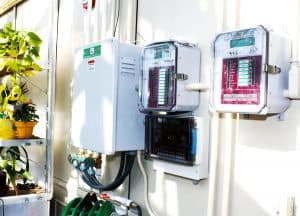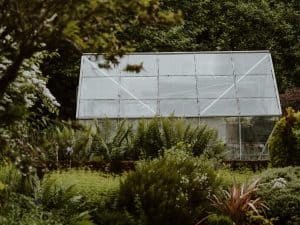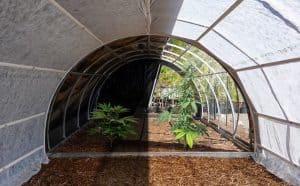Harnessing the sun’s heat is the whole reason you built a greenhouse, right?
It gets so nice and toasty during the day, with that glazing on the panes letting in the sun’s light and rays! But what about when night falls or when winter comes? Winter is coming, so we’ll go over how to keep your greenhouse warm without electricity.
Maintaining Greenhouse Temperature Without Power
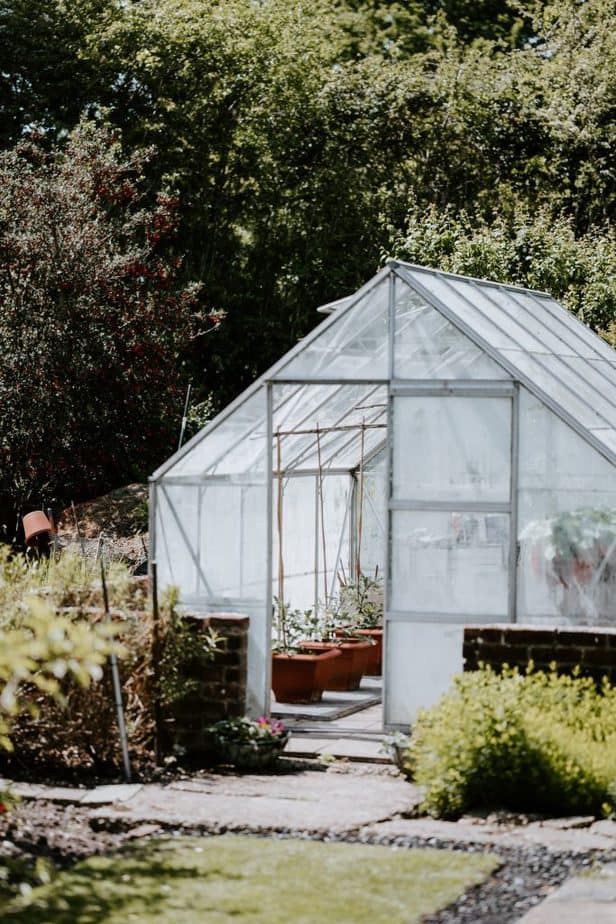
It’s an open secret that while greenhouses seem like an eco-paradise, they can be energy-consuming monsters, particularly in the winter months. And chances are that you’re a bit of an earth-loving eco-phile if you installed a greenhouse in your own backyard. You love plants and the planet and want to keep them healthy.
There are many ways to plan, build, and maintain your greenhouse so that it collects the sun’s energy efficiently and stays warm through the night and even into winter.
To be clear, most plants in many climates will not withstand the winter inside a greenhouse without some sort of “artificial” heating. But that doesn’t mean you should just set up an electricity-guzzling space heater and call it quits!
Use these techniques to create an efficiently heated greenhouse—then consider using more artificial heat if you need it.
What if you live in a climate where harsh winters aren’t really a problem, but nights get chilly? How can you keep your greenhouse warm at night?
Keep your Greenhouse Warm at Night
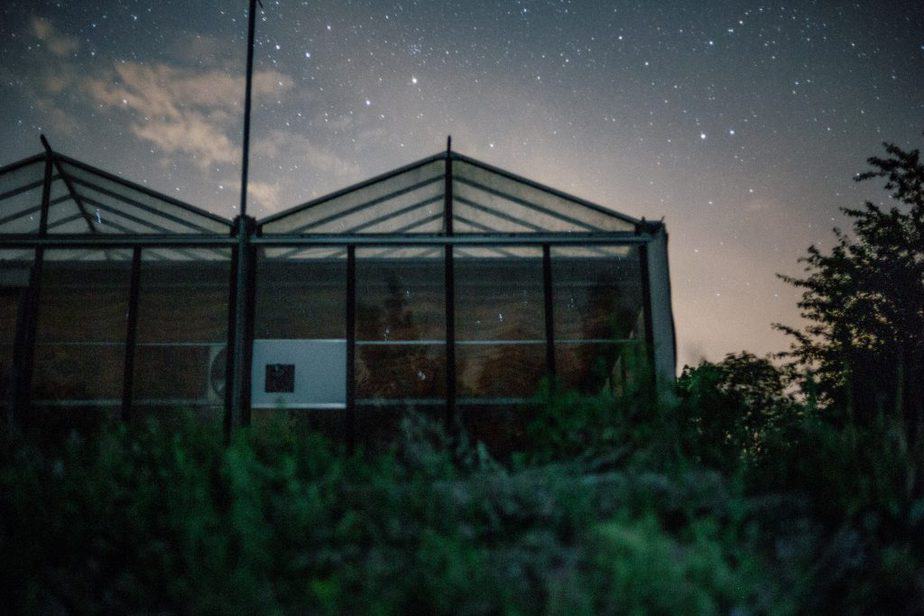
Many of the same methods used to keep a winter greenhouse toasty are the same techniques you can use to keep your greenhouse warm at night.
A self-heating greenhouse uses passive, non-electrical systems to capture, store, and redistribute heat. Really, “self-heating” is a misnomer, because, of course, they still need the sun’s energy to do this.
By creating systems of passive heating, you’re one step closer to a truly sustainable, ecological homestead.
We won’t be discussing solar-powered greenhouse heating here, but if you are in the market for photovoltaic electrical help with your greenhouse climate, check out our article on Solar For Greenhouses.
How to Keep Your Greenhouse Warm Without Electricity
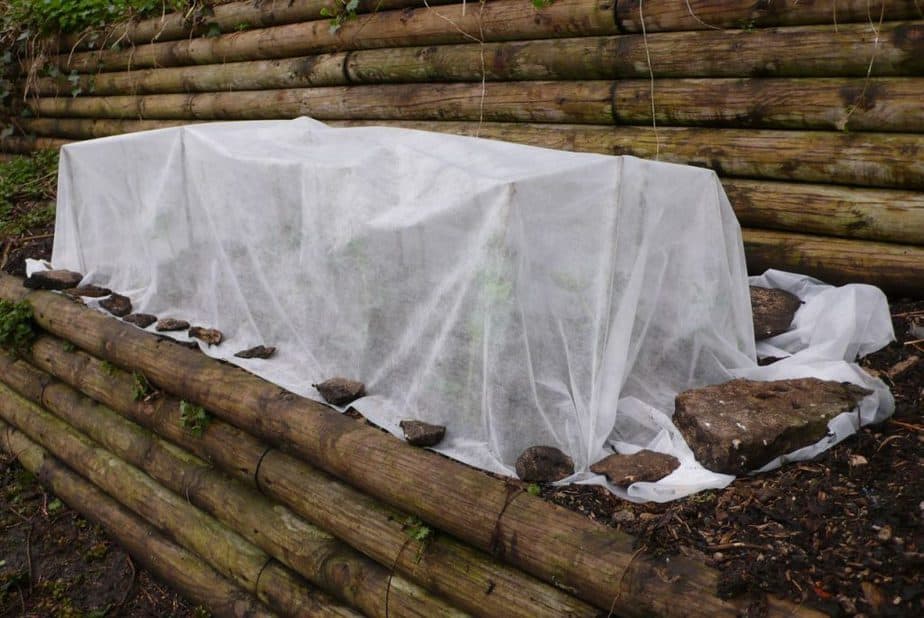
Greenhouse Heat Sinks for Thermal Control
No, it’s not for washing your soil-y hands in warm water. A greenhouse “heat sink” could also be called a “heat cellar.”
A heat sink is an insulated, underground pit that traps thermal energy, helping maintain your greenhouse temperature. Dense material like rocks, cob, or brick gather and store heat, then radiate it back into the greenhouses when the air gets cold.
How To Build A Greenhouse Heat Sink
1. Dig
The size of the sink depends on the size of your greenhouse—the larger the house, the larger the heat sink needs to be. If your greenhouse is a standard size, like 10’x10’, you’ll be
fine with a 3’x3’ heat sink.
Build your heat sink in or close to the center of your greenhouse where it will retain and distribute heat most efficiently. Don’t place it near the walls, where it will lose heat easily.
Note: Be careful where and how deep you dig. Chances are, you did your research before construction a greenhouse in your yard (I hope!), but be extra sure there are no pipelines, electric lines, graveyards, dinosaur bones, or subway stations under your greenhouse.
If you haven’t started building yet, then give this a read to get some understanding of licensing, permits, and your greenhouse.
2. Fill
You can fill your heat sink with any dense, heat-holding material. Typical fill materials are brick, concrete, or even gravel. Try to pick a material and arrangement that eliminates air pockets between the pieces, so as to store more heat.
3. Ventilate
Adding piping to your heat sink can help move warm air from the pit into the greenhouse. Be sure the pipe isn’t too skinny or weak, lest the material smash it!
Additionally, make sure you have a fantastic airflow system in your greenhouse to increase your heat sink’s efficiency. Incorporate fans—perhaps even solar-powered fans—to help direct heat toward the heat sink from where it rises, making the heat sink more effective when the temp drops.
Need more advice on greenhouse ventilation? Check out our guide to Greenhouse Cooling and Ventilation.
Greenhouse Thermal Battery (aka Thermal Mass)
A heat sink is technically one form of thermal battery or thermal mass: dense, heat-storing material that collects and then redistributes heat into your greenhouse. But there are other ways of making a thermal battery in your greenhouse.
A heat sink is a great method if you:
- 1) have the time and energy (plus soft, diggable ground) to dig, fill, and cover a giant hole in the middle of your greenhouse
- 2) have a smaller greenhouse where floor space is valuable.
But in a bigger greenhouse or on rocky ground, consider using water barrels as a thermal battery. Water is an exceptional heat-capturing and -storing medium. You might even place water barrels in your greenhouse in addition to your heat sink!
Use well-insulated, durable containers like a standard 55-gallon drum. Small containers work, too—just protect them from exposed places where they’ll lose a lot of heat.
Place your thermal mass in a place that gets bright sunlight and is close to plants that will need its warmth. You can even place fragile plants and seedling flats straight on top of the barrel(s)!
Using Compost to Heat Greenhouses
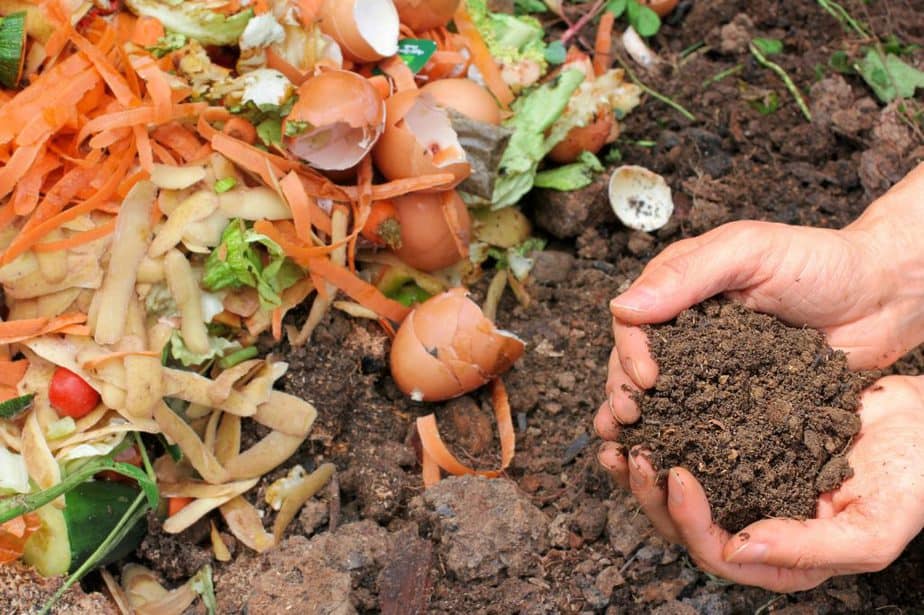
Compost is nature’s heater! Well…I guess the sun is nature’s heater but compost is nature’s OTHER heater—the kind you can keep inside your greenhouse. All of the microbial activity that takes place during decomposition creates a considerable amount of heat which slowly radiates out from the pile.
Composting inside your greenhouse takes up a bit of space, so might not be right for smaller structures. But if you can fit a compost bin, you can triple-up on thermal mass, sustainable waste management, and making a helpful soil additive!
Insulate Your Greenhouse to Keep it warm
Your greenhouse should be winterized just like your home. That means you should:
- Use bubble wrap to cover greenhouse panes.s
- Seal all cracks and gaps in frame seams with weather-proofing tape.
- Create internal curtains with bubble wrap to section off areas to “store” more heat.
Cover Up Your Greenhouse Plants to Keep Them Warm
Cover your plants! Bundling up your plants overnight with felt or wool blankets is effective and adorable. Be careful not to squish delicate stems and flowers with heavy fabric. And remember to remove any light-blocking covers in the morning, or your plants won’t get any sunlight.
If you want to learn more about growing plants in a winter greenhouse, then give this guide a quick peruse.
Alternatively, you can use bubble wrap to cover plants or wrap up their containers. The benefit of bubble wrap is that sunlight can penetrate it if you forget to take it off, or you need to keep it on during exceptionally cold day-time weather.
Greenhouse Orientation Towards the Sun
Building your greenhouse facing the sun is an absolute must. Otherwise, you’re starting off on the wrong foot.
If you’re in the northern hemisphere, orient the greenhouse with glazing (not the corners or any non-clear wall) facing South. (In case you’ve forgotten your middle school Earth Science, it’s because of the planet’s tilted axis that most of the light in the northern hemisphere comes from a southern angle. You’re welcome, now go impress your friends!)
Bonus Greenhouse Warming Tip: if your greenhouse is near another structure, like a shed or your home, paint the greenhouse-facing wall white. This will reflect the sun’s rays into your greenhouse.


